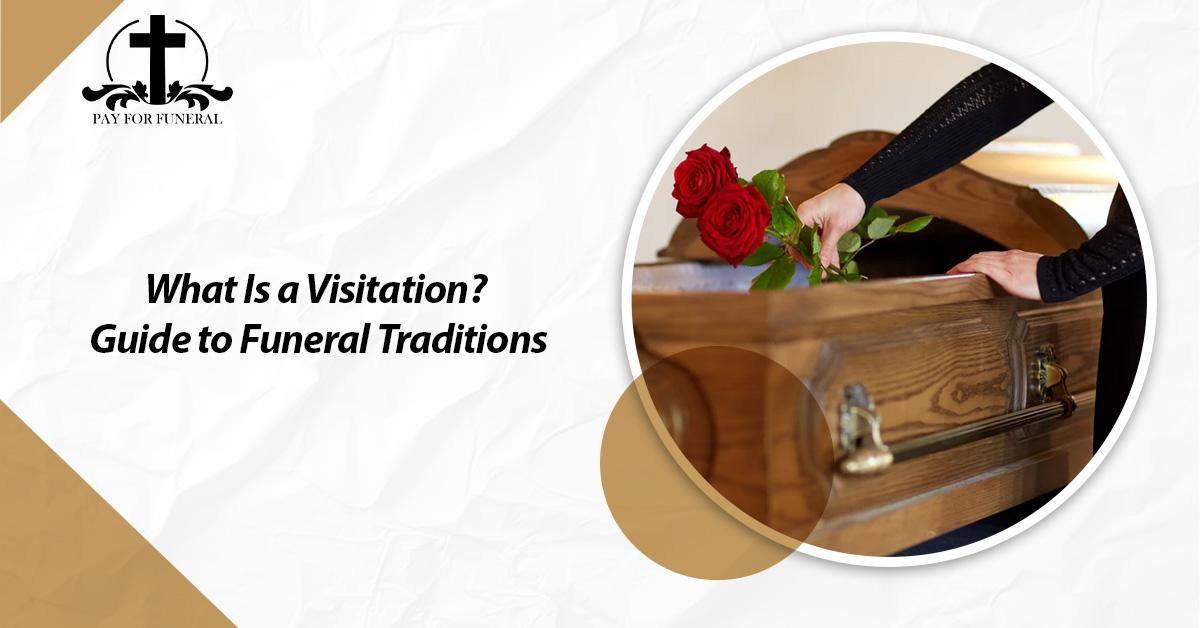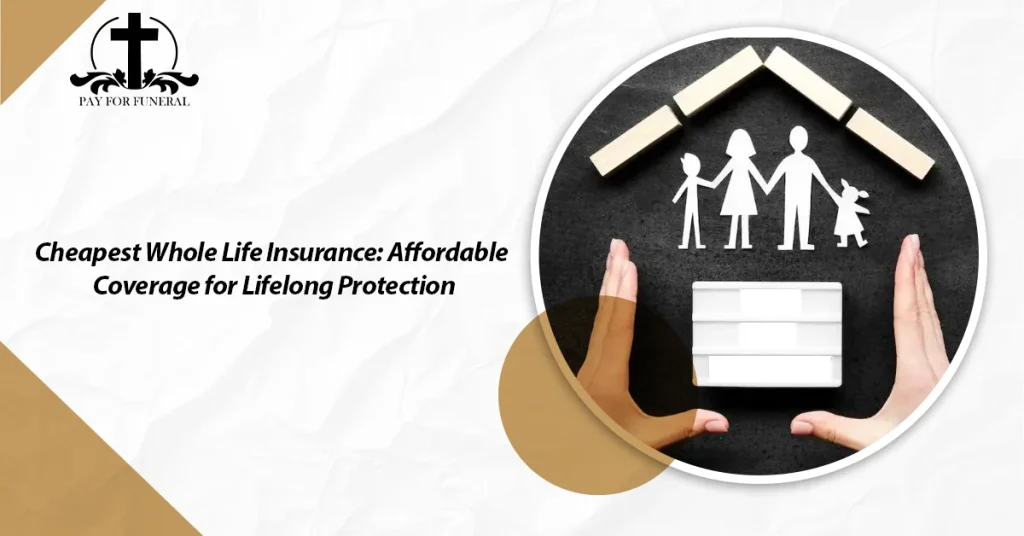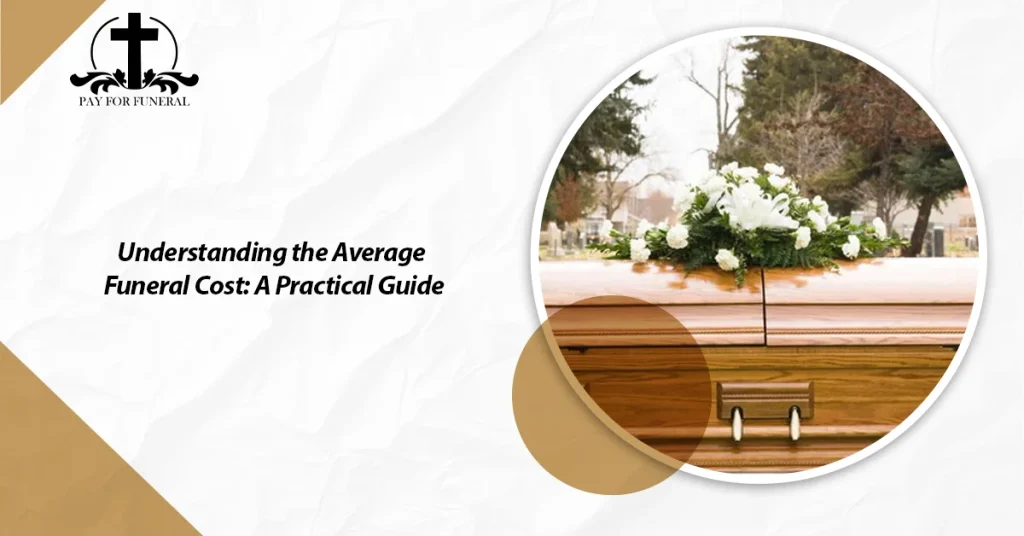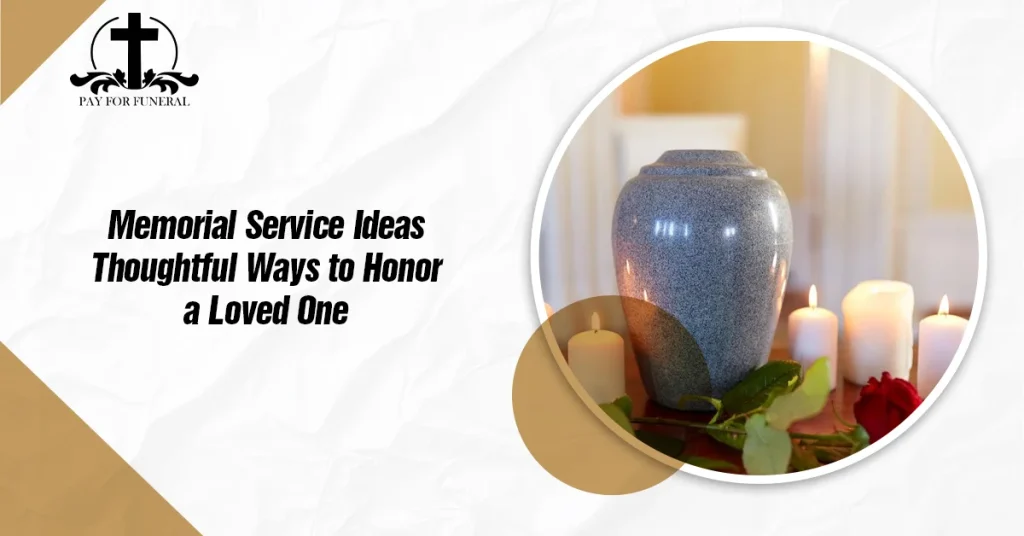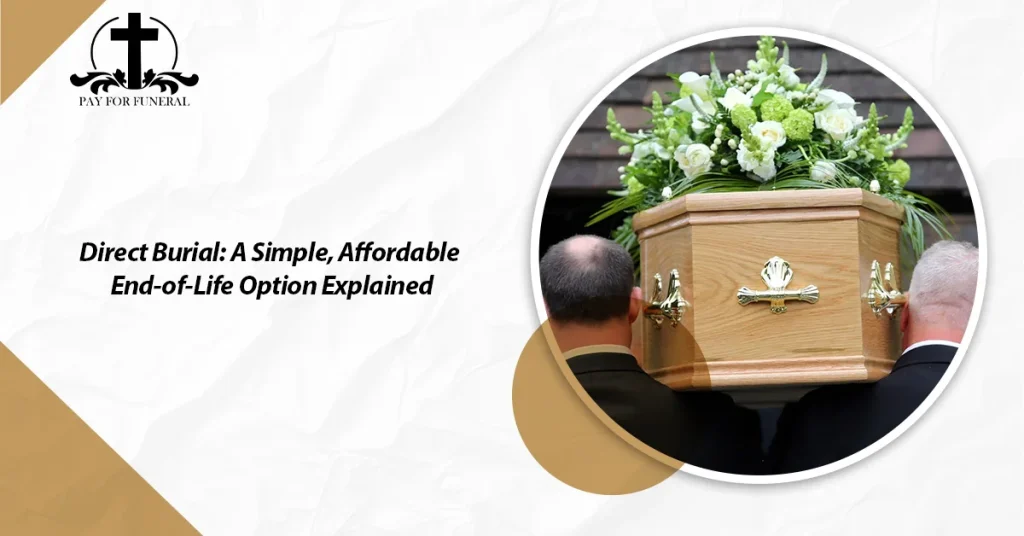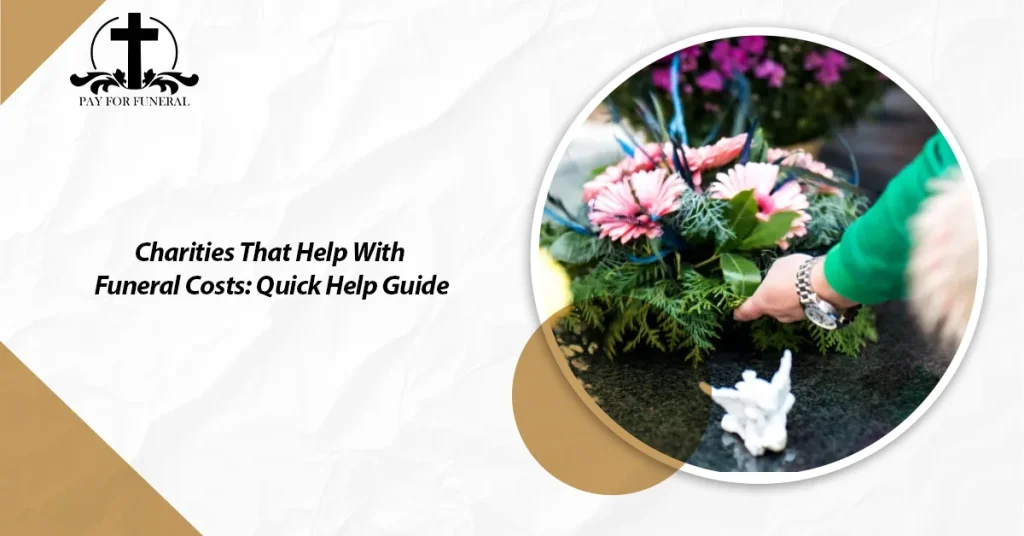Introduction
Losing a loved one is one of life’s hardest moments, and during this emotional time, it can be confusing to understand the different kinds of services held in their honor. Many people find themselves wondering: What is a visitation?
If you’ve never attended one before, the word “visitation” might seem unfamiliar. It’s often mentioned along with terms like “viewing” or “funeral,” and while they are all related, each one serves a different purpose.
Knowing the difference between a visitation, a viewing, and a funeral can help you feel more comfortable and prepared when offering your support or saying your final goodbye. In this article, we’ll clearly explain what a visitation is, how it’s different from other services, and what you can expect if you attend one all in simple, easy-to-understand language.
What Is a Visitation?
A funeral visitation is a scheduled time before the funeral service when friends and family gather to offer condolences, share memories, and support the grieving family in a more personal, informal setting.
Get Free Quotes
Customized Options Await
In the context of a funeral, a visitation is often the first opportunity for people to come together after a death. It gives loved ones a chance to express sympathy, remember the person who has passed, and provide comfort to the family without the formal structure of a traditional funeral service.
Unlike the funeral itself, which usually follows a set program and includes speeches, prayers, or ceremonies, a visitation is typically more relaxed. Guests can come and go during a set time, have quiet conversations, and spend time with the family of the deceased. Sometimes the body is present in an open casket, while other times there may be a closed casket or simply photos and memories on display.
In North America, visitations are a common tradition. According to the National Funeral Directors Association (NFDA), they are often held at a funeral home or the family’s place of worship the day before or just hours before the funeral.
Understanding the funeral visitation meaning can help you feel more prepared when attending and ensure you show your support in a respectful and thoughtful way.
What Happens at a Visitation?
If you’re wondering what happens at a visitation, you’re not alone. Many people are unfamiliar with what to expect, especially if it’s their first time attending. Knowing what usually takes place can help ease any uncertainty and allow you to be present in a supportive and respectful way.
A visitation at a funeral is typically held at a funeral home or place of worship, depending on the family’s preferences. It often takes place the evening before the funeral or a few hours before the service. The setting is usually calm and quiet, allowing space for personal connections and shared grief.
During the visitation, here are some of the common activities and customs:
- Greeting the family: Visitors take time to speak with the immediate family, offering condolences and kind words.
- Viewing the deceased (if applicable): In many visitations, the body is present in an open casket. However, this is optional and based on cultural or personal preferences.
- Offering condolences: A simple hug, handshake, or expression like “I’m so sorry for your loss” is appropriate.
- Sharing memories: Guests may share personal stories or fond memories of the person who passed.
- Religious or spiritual elements: Sometimes, a short prayer or reflection is offered, especially if the family wishes to include it.
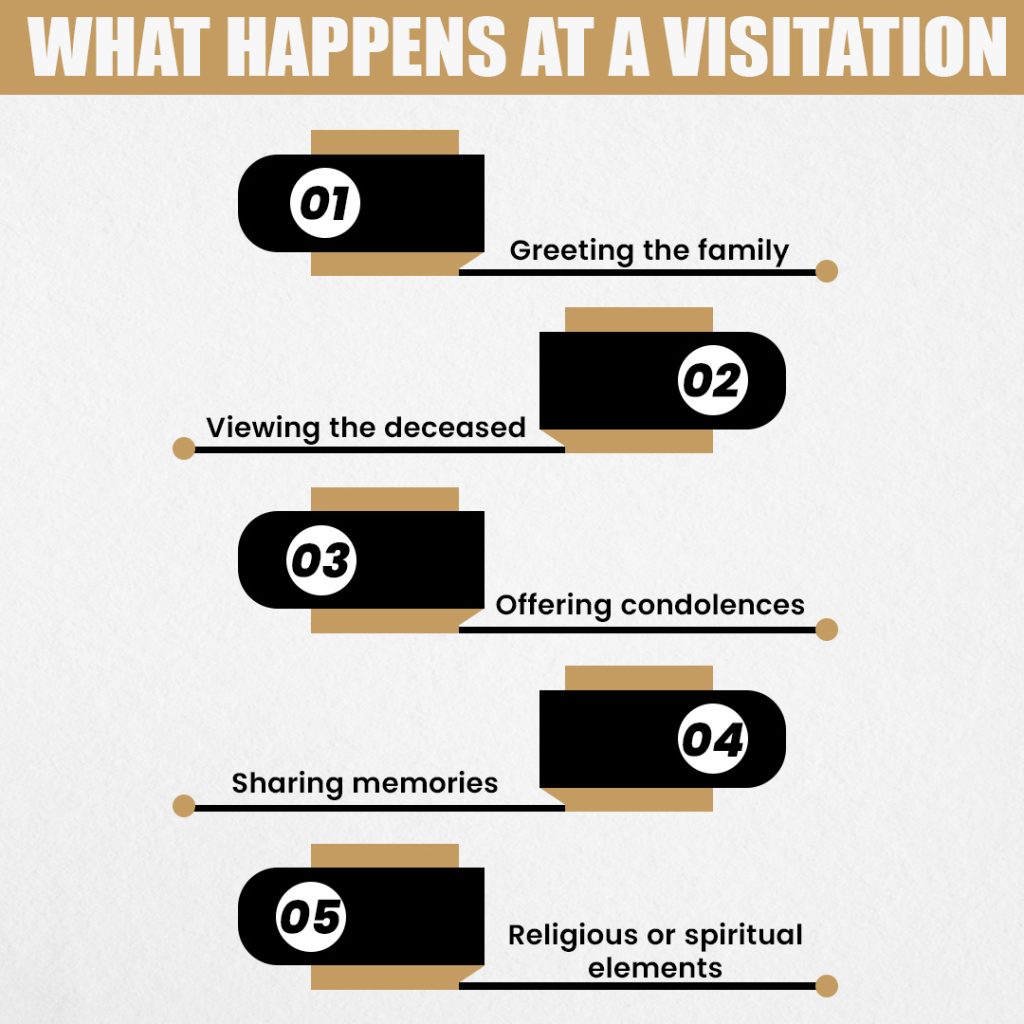
What to Expect at a Visitation:
- Guestbook signing: You’ll likely be invited to write your name and a message in a guestbook.
- Quiet conversations: The mood is respectful, with gentle conversations rather than loud socializing.
- Casual attire (unless stated otherwise): Unlike the formal dress often expected at funerals, visitation attire is typically more relaxed. Business casual or neat clothing is generally appropriate.
Knowing what visitation at a funeral looks like helps you show up with confidence and compassion, making the experience meaningful for everyone involved.
Visitation vs Funeral: What’s the Difference?
When someone passes away, different services are often held to honor their life and offer comfort to those left behind. If you’re unsure about the differences between a visitation, a funeral, and a viewing, you’re not alone. These terms are sometimes used interchangeably, but they each have distinct meanings and purposes.
A funeral is a structured, often formal ceremony that typically includes speeches, prayers, music, and rituals. It usually follows a specific order and is often led by a religious leader or officiant. The body is usually present, and the service may end with a burial or cremation.
A visitation, on the other hand, is less formal and more flexible. It gives friends and family a chance to stop by, offer support, and share memories with the grieving family. There may or may not be a viewing of the body.
A viewing is similar to a visitation and is often used to describe a time when the deceased is present in an open casket for loved ones to say a final goodbye. In many cases, “viewing” and “visitation” overlap, especially in North American customs.
Here’s a simple comparison to help clarify:

Understanding the distinctions in visitation vs funeral and visitation vs viewing can help you know what to expect and how best to participate in each type of service. Whether you’re offering support or saying farewell, being informed shows kindness and respect.
Memorial Visitation vs Traditional Visitation
When planning or attending funeral services visitation, it’s helpful to understand the difference between a memorial visitation and a traditional visitation.
A memorial visitation is similar to a traditional visitation in that it’s a time to gather, remember, and support the family but the body is not present. This often happens when:
- The deceased has been cremated
- Services are delayed due to travel, planning, or other reasons
- Cultural or religious preferences don’t include viewing the body
In contrast, a traditional visitation may include an open or closed casket, giving guests the chance to say a more personal goodbye.
Each type of visitation gives loved ones a way to connect, reflect, and begin to process the loss whether or not the body is present.
Funeral Visitation Protocol & Etiquette
If you’re attending a visitation, knowing the right behavior can help you feel more at ease. Understanding funeral visitation protocol, especially around greetings, dress, and conversation, shows respect for the grieving family.
Visitation Etiquette Tips:
- Dress appropriately: Choose conservative, modest clothing. Dark or neutral colors are safest. A suit or business casual outfit is generally acceptable unless otherwise stated.
- Greet the family gently: A soft handshake, hug, or brief expression of sympathy like “I’m so sorry for your loss” is often enough.
- Say the right things: Simple, kind words are best. Avoid trying to explain the loss or saying things like “They’re in a better place,” which can sometimes feel dismissive.
- Bring flowers or a card: It’s not required, but a small bouquet or sympathy card is always a thoughtful gesture.
- Stay briefly: 10–20 minutes is usually appropriate unless you’re very close to the family. Long visits can be tiring for mourners.
- Include children thoughtfully: If bringing children, explain what to expect ahead of time and be prepared to leave early if they get overwhelmed.
For more in-depth guidance, the Emily Post Institute and the National Funeral Directors Association both offer helpful resources on funeral etiquette and funeral viewing etiquette.
Why Visitations Matter: Emotional and Cultural Significance
Many people ask, “What is visitation at a funeral, and why is it so important?” Beyond tradition, funeral visitations hold deep emotional and cultural value.
They provide a space for:
- Emotional support: Mourners gather to comfort one another and share their grief in a caring environment.
- Cultural expression: Visitation customs vary widely across cultures. Some include prayer, song, storytelling, or meals to honor the deceased.
- Shared mourning: Being surrounded by others helps grieving individuals feel less alone. This collective mourning is a key part of the healing process.
“Grief needs a witness. Visitations give people the chance to show up for each other when words fall short,” says grief counselor Karen Hollis.
Whether you call it a funeral visitation, memorial visitation, or viewing, the meaning remains the same: it’s a time to come together, remember, and begin the journey of healing.
Conclusion:
A visitation is not the same as a funeral or a formal ceremony. It’s a more personal, informal opportunity to gather with others, offer support to the grieving family, and remember the life of someone who has passed. Whether it includes a viewing or simply a quiet space for conversation, a visitation plays an important role in the grieving process helping people begin to process their loss through shared comfort and connection.
Knowing what a visitation is, how it differs from other services, and what to expect allows you to show up with respect, compassion, and confidence. Following simple etiquette guidelines can make a difficult time easier for everyone involved.
If you found this article helpful, consider sharing it with others who may have questions. For personalized support, don’t hesitate to reach out to a local funeral director, who can provide guidance based on your needs and traditions.
FAQs
What does visitation mean for a funeral?
A visitation is a scheduled time before a funeral when friends and family gather to offer condolences, share memories, and support the grieving family, often in a relaxed setting.
What is a funeral viewing?
A funeral viewing is a time when the body of the deceased is presented often in an open casket for loved ones to say a final goodbye before the funeral service.
What is a visitation before a funeral?
A visitation typically takes place a day or few hours before the funeral and serves as an informal gathering for support and remembrance.
What is a funeral viewing?
A funeral viewing involves seeing the deceased, usually in an open casket, allowing mourners a final moment of farewell in a quiet and respectful setting.

